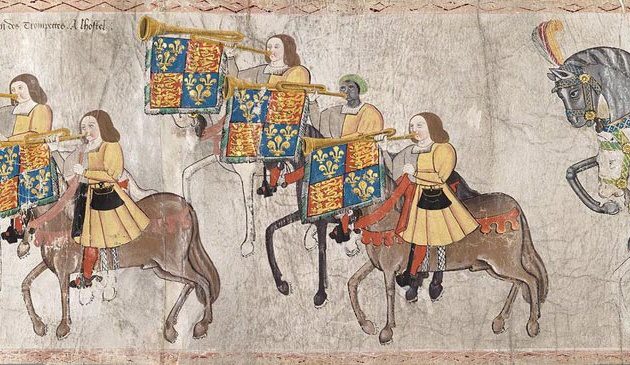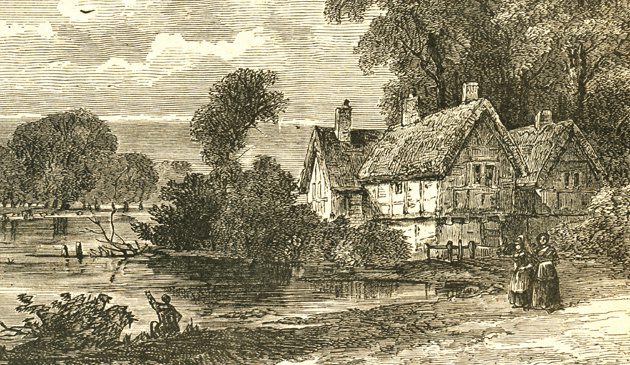Westminster Abbey in the Tudor period

The coronation procession of Anne Boleyn at Westminster Abbey on 31st May 1533, from a drawing by David Roberts. Anne was the second wife of Henry VIII to have a coronation in the abbey, the first being a joint coronation of Henry and Catherine of Aragon in June 1509. Over a period of four days of celebration Anne travelled by barge from Greenwich to the Tower of London, and then from there in a procession to the abbey. None of Henry’s later four wives were given a coronation.
Westminster School, beside the abbey, considers Elizabeth to be its founder, although its origins go back much further, having been established by Westminster’s monks in the early 14th century. It prospered and grew and produced some fine scholars, including the dramatist Ben Jonson, the antiquarian Robert Cotton, and geographer Richard Hakluyt. Elizabeth and her Council attended performances by the boys in the dining room of the Abbot’s House. As a means of entry to Oxford or Cambridge it attracted both boarders and day boys and went on to become a highly fashionable school. The boys often treated the abbey as their playground, however, and there are many reports of unruly behaviour. Various boys slept on the Coronation Chair and carved their initials into the wood. The school remained under the control of the abbey’s Dean and Chapter until 1868.
From the time of Queen Elizabeth Westminster Abbey reverted to a collegiate church, one of just several religious churches, chapels and foundations that are royal peculiars, outside of the control of a bishopric and subject instead to the direct jurisdiction of the monarch. The cult of saints was not tolerated under the new form of religion and the abbey no longer a place of pilgrimage. Other than coronations it found itself as a vast church, several miles from London, with a very small congregation. The abbey’s chapels at the east end of the building instead became a repository for funerary monuments, some quite gaudy and larger than those of monarchs.
Sources include: John Field ‘Kingdom Power & Glory’; Richard Jenkyns ‘Westminster Abbey’; Edward Walford ‘Old and New London’ (1897); Thomas Cussans ‘Kings and Queens of the British Isles’.
< Back to Religion and Churches


